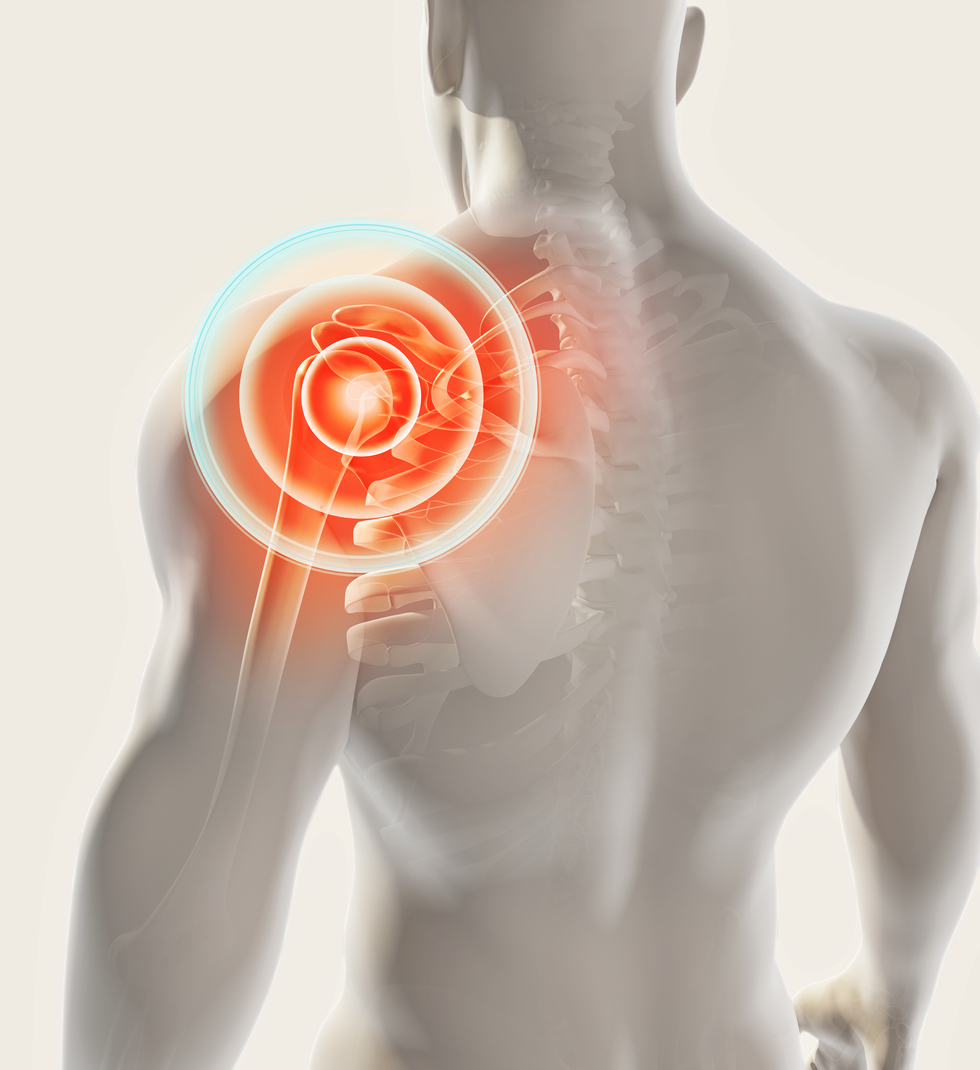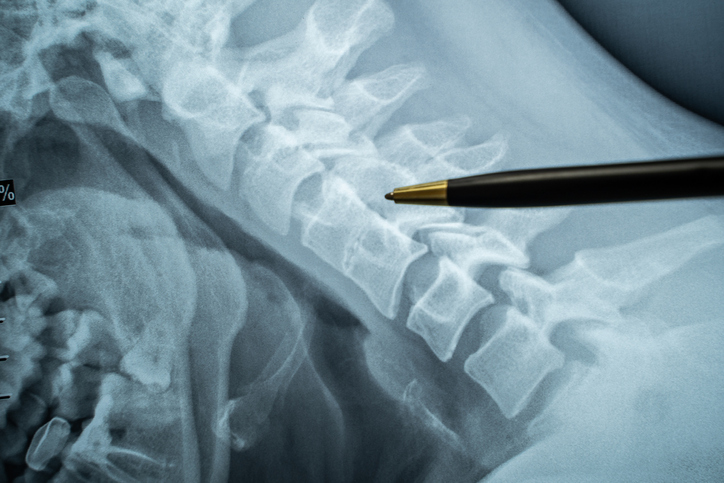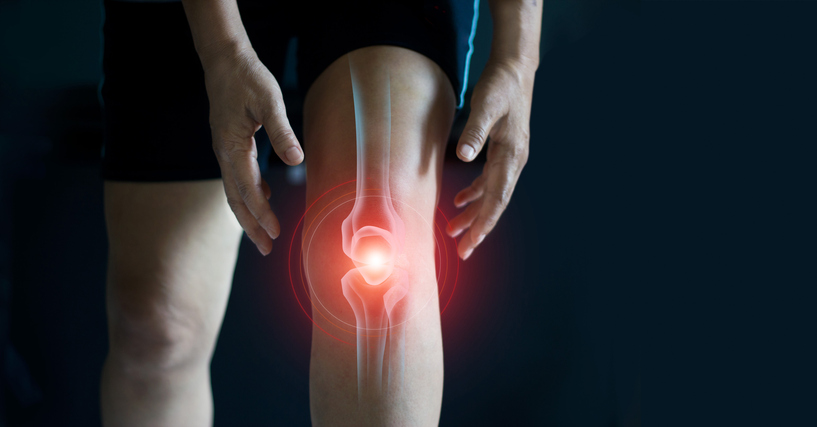Pain
What Is Hyporeflexia?

Hyporeflexia is a syndrome in which muscles are less reactive to stimuli. This condition develops from damage to motor neurons, which send signals between the brain and spinal cord. These signals are then transmitted to the rest of the body to control muscle movement.
Symptoms
Symptoms of hyporeflexia usually develop gradually and include, but are not limited to, the following:
- Loss of muscle response
- Difficulty with everyday tasks, such as walking, holding objects, and maintaining posture
- Progressive muscle weakness
- Muscle atrophy (wasting or loss of muscle tissue)
- Fasciculations, fibrillations, and twitches of muscles (if damage to motor neurons result in muscle denervation)
If muscles do not respond to any stimulation, this is known as areflexia.
Causes and risk factors
Hyporeflexia occurs as a result of damage to motor neurons that control muscle movement. While hyporeflexia can occur independently, it often accompanies another underlying health condition.
Health conditions associated with hyporeflexia and their risk factors include, but are not limited to, the following:
- Amyotrophic lateral sclerosis (ALS) is a progressive neurological disease that destroys brain and spinal cord cells. Symptoms of ALS include muscle weakness, slurred speech, paralysis, and breathing difficulties. Factors that increase the risk of developing ALS include smoking, serving in the military, having a family history of ALS, being male, or being of advanced age.
- Guillain-Barre syndrome is an autoimmune disease that attacks the nerves. This causes muscle weakness or even paralysis, which is usually temporary. Onset is rapid with the acute phase lasting anywhere from a few hours to a few weeks. Risk factors for GBS include having a recent infection or surgery.
- Chronic idiopathic demyelinating polyneuropathy (CIDP) is an autoimmune disease that attacks the nerves and can result in weakness and paralysis. CIDP is also known as the chronic form of Guillain-Barré syndrome. Onset is gradual and progression tends to be slower than GBS. Progression can last anywhere from months to years. CIDP is more common in males and people in their 50s and 60s.
- Spinal muscular atrophy (SMA) is a disease that affects lower motor neurons and produces muscle weakness and deterioration. SMA is a genetic disorder and can develop if both parents are carriers of mutations in SMA genes.
- Hypothyroidism occurs when the thyroid gland doesn't produce enough hormones. Symptoms include fatigue, weak muscles, and low body temperature. Factors that increase the risk of hypothyroidism include female gender, age of 60 or older, a family history of thyroid disease, or a preexisting autoimmune disease.
- Other potential causes include spinal cord injury, stroke, medication side effects, vitamin deficiencies (vitamin E and folate), or electrolyte imbalances (excess magnesium).


















